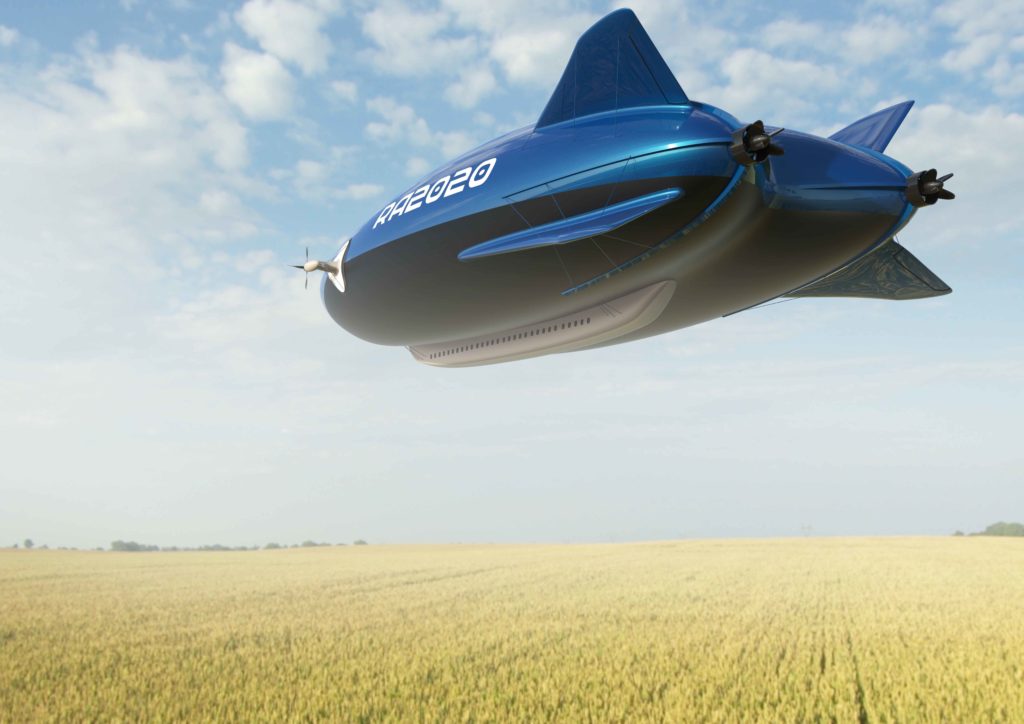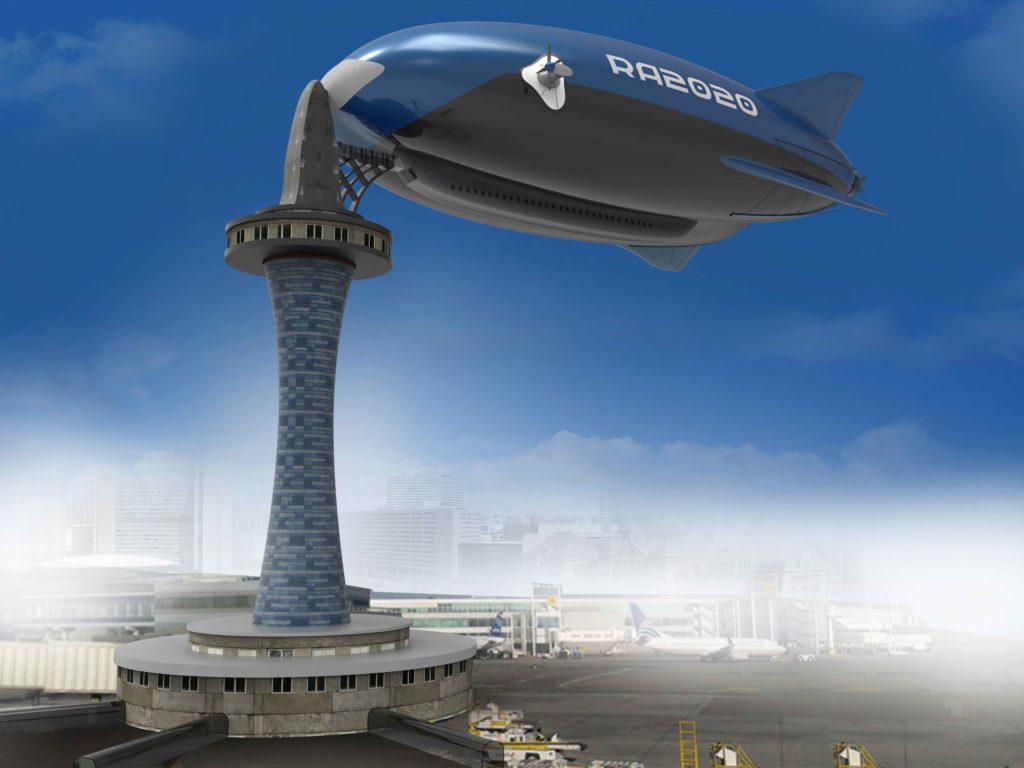Concept
In a world jammed by traffic and badly maintained roadways, the demand for alternate mobility alternatives has never been greater. Airships have the potential to alter how we travel across locations that don’t require any road infrastructure.
The AIRSHIP 2030 is a potential futuristic way of transportation with regional docking stations, as well as streamlining the entire flying experience for a seamless trip.

Need of airship design
Airships, the year of the foundation of early aviation, are experiencing a comeback as a result of innovations in technology and a growing concern for the environment. Modern airship design integrates cutting-edge materials, propulsion systems, and environmentally friendly techniques. To address previous concerns, hydrogen-powered airships, for example, have been built with stringent safety safeguards. These airships have a unique combination of modest cruising speeds and the ability to hover, making them excellent for navigating through congested urban areas or crossing regions with poorly maintained highways.

Advantages of airship transport
Airships require minimal infrastructure for takeoff and landing, making them a good alternative for places lacking adequate road networks. They have the ability to reach rural areas, linking isolated people and contributing to regional development.
Environmental Sustainability: Airships have much lower carbon footprints than airplanes and traditional road vehicles. Hydrogen-powered airships, for example, emit only water vapor as a byproduct, making them a more environmentally friendly option for long-distance travel.
Airship travel provides extraordinary panoramic vistas from above. Passengers can see stunning scenery, making their journeys more enjoyable.

Reduced Travel Time: Because airships can follow straight routes and avoid traffic, they can drastically shorten travel times, making them an appealing option for time-sensitive customers.
To build a strong airship network, we suggest a novel finance strategy involving public and commercial partnerships:
Government Assistance: Governments can play a critical role in the development of airship infrastructure, such as regional docking stations. These docking stations would act as hubs, connecting different routes and allowing for seamless transfers between airships.
Corporations with an interest in encouraging sustainable mobility can sponsor docking stations, getting publicity and favorable branding. This mutually advantageous collaboration would help to expand the airship network.
Crowdfunding and Public-Private Partnerships: Using crowdfunding campaigns to engage the public can help raise funds for the construction of docking stations. Collaboration with private firms can improve the project’s financial feasibility even further.
Simplifying the Flying Experience
To encourage wider acceptance of airship travel, the entire flying experience must be simplified:
User-Friendly Booking Platforms: Simple internet booking platforms will allow users to simply reserve airship tickets. To appeal to a varied spectrum of passengers, these platforms should provide accurate pricing, route information, and different payment choices.
Comfort and amenities: Passengers’ comfort should be prioritized in the design of airships. The whole flying experience will be enhanced by spacious and well-equipped cabins, as well as amenities such as Wi-Fi, entertainment, and refreshments.
Check-in and Security Have Been Simplified: Reduce wait times and ensure a smooth boarding experience by implementing efficient check-in procedures and improved security measures.
To instill confidence in passengers, airship operators must adhere to severe safety measures, with well-trained employees and detailed emergency response plans in place.

Conclusion
The design of futurist airships offers a viable answer to the problems caused by badly maintained roads, traffic congestion, and a lack of transportation infrastructure. We can unlock new opportunities for seamless regional travel while decreasing our environmental footprint by embracing the potential of airships. The idea to fund regional docking stations collaboratively, as well as simplify the flying experience, would pave the way for a future in which airship travel becomes a realistic, convenient, and sustainable option for passengers worldwide. Let us embark on this quest to usher in a new era of transportation innovation.